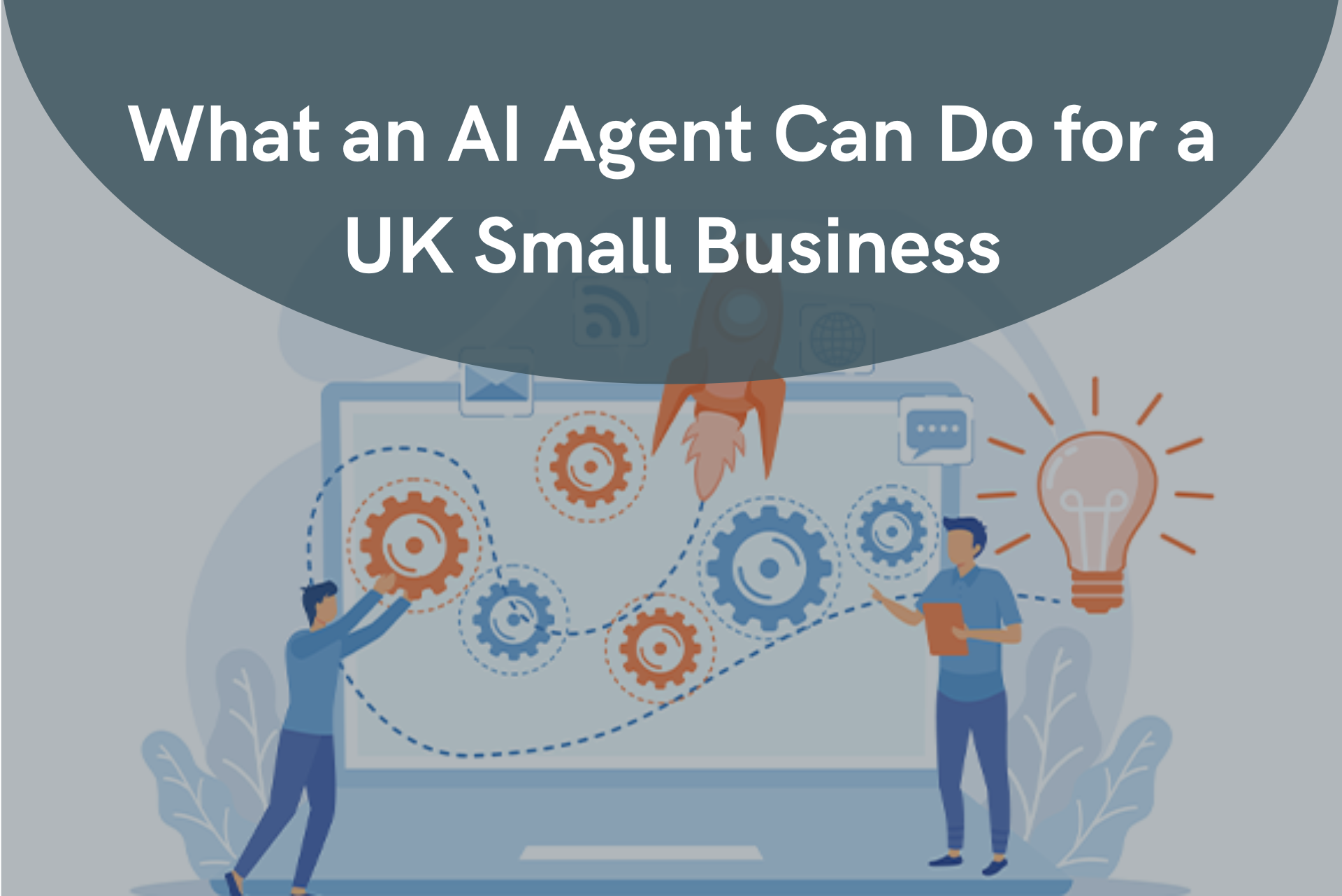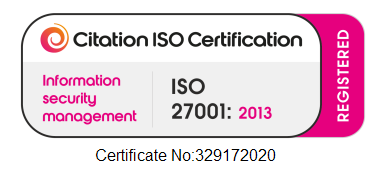Office Move Guide
Are you planning on moving to a new office in the near future? Perhaps this is something that you are thinking about doing? No matter what category you fall into at the moment, it is imperative that you plan to move meticulously to ensure that it goes as smoothly as possible.
With that in mind, we are going to take you through all of the different steps that are involved when moving office.
1. Communicate
There is only one place to begin, and this is by communicating with all of the relevant external and internal parties regarding your move. This should be done as soon as you have a move date. You will need to do the following:
- Make sure your current landlord is aware of your move.
- Talk to your employees about the plan and give them the new office address.
- Notify any suppliers, affiliates, and local partners.
- Brief your IT department and talk with them about tech requirements.
- Make a reservation with a removal company.
- Make sure that all of the members of your team are aware of their responsibilities ahead of time.
- Make certain your client list and list of service providers is updated.
- Create a master list of everyone you will need to send your new address to, and do so.
2. Prepare
Now that you have communicated with all of the relevant people, the preparation begins, and there is a lot that needs to be taken into account. Here’s a bulleted list of different things to do:
- Put together a list of emergency numbers for everyone involved.
- Create a detailed moving plan for the day itself.
- Send a detailed floor plan to the removal company you hire.
- Finalise security and access codes for your new office space.
- Arrange cleaning services for your new premises and your current office.
- Booking elevators and parking space for the moving day.
- Sign any official licenses, permits, and paperwork.
- Assign every employee a number and correspond this to their equipment and their desk.
- Give every department a colour code to make it easier when planning the move.
- Arrange storage at an external facility if required.
- Place orders for new stationery and furniture if needed.
- Consult with a furniture business for any new furniture that may be required.
- Make an inventory of current office furniture.
- Measure your new office and organise the layout.
3. Make the move
When the day comes to make the move, make sure there is some budget for refreshments involved in the move. You also need to move all of your tech equipment, phones, and computers first. Book a date for the telephone lines and WiFi systems to become operational as well so that downtime is minimised as much as possible.
As you can see, there is a lot that needs to be considered when moving to a new office space. If you plan carefully and take everything that has been mentioned above into consideration, you should be able to ensure that your move goes as well as possible.
Moving office can be a stressful time, so why not let us take the strain. We can project manage the whole technology side of things, including hardware, telecoms, and data - minimising disruption and downtime.




